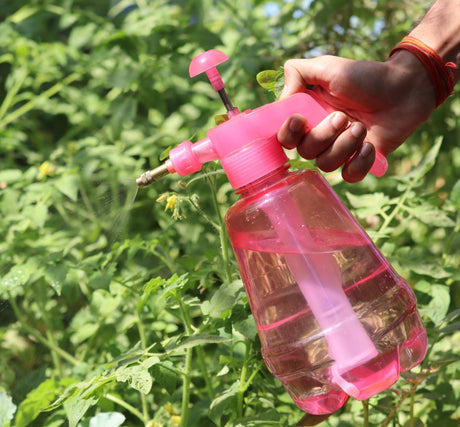
Safe way to spray
Wait for settled weather with little wind and no rain. Dress yourself well, wear long sleeves and rubber gloves, follow packet direction carefully. If you suffer from allergies, wear a...
Free Shipping on orders over $40

Wait for settled weather with little wind and no rain. Dress yourself well, wear long sleeves and rubber gloves, follow packet direction carefully. If you suffer from allergies, wear a...
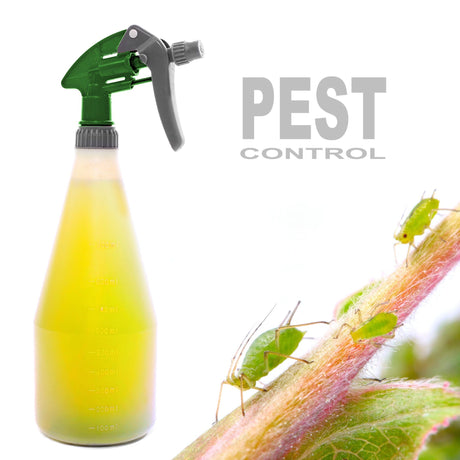
You may find it very difficult choosing pest control products in a nursery or supermarket, as highly toxic products are on the same shelf as relatively harmless ones. We often...
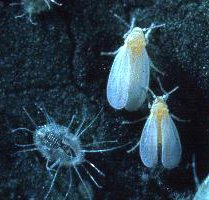
The Basics The adults are small white moth-like flies, 1 mm in length. Eggs are laid on the undersides of leaves and hatch in 8 days. Both newly hatched 'crawlers'...
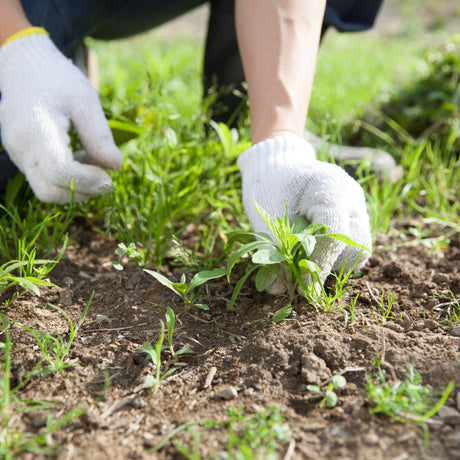
Weed Control Much as we may hate them, weeds have an ecological role to play in reclaiming degraded soils and re-establishing damaged soil structure. Weeds are always present but only...

Tick Control Ticks are blood-sucking insects that can carry life threatening disease to humans as well as animals. These include Queensland tick typhus and Spotted fever. The bite alone can...
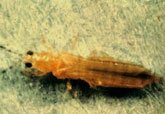
Thrip Control Thrips are small sap-sucking insects, usually 1-2 mm long with long, narrow bodies, they are just visible to the naked eye. They generally feed on either leaves or...
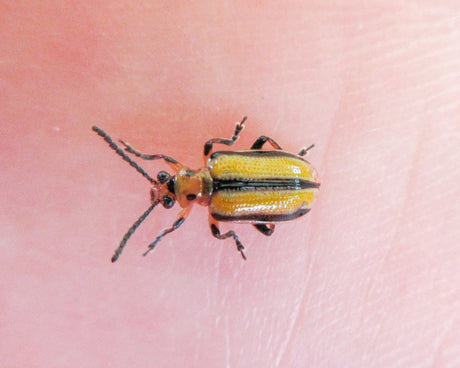
Three-Lined Potato Beetle Control Lema daturaphila syn. Lema trivittataSyn. Three-lined Lema Beetle This leaf-eating beetle pest and its offspring are a menace to plants in the Solanaceae family such as...

Spined Citrus Bug Control The adult spined citrus bug has projecting horns on either side of its head, the young change colour from yellow through orange and finally to green....
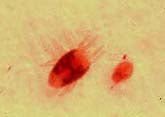
The Basics The two-spotted mite or spider mite Tetranychus urticae is a tiny creature (about the size of a full stop) that damages plants by feeding on the chlorophyll in...

The Basics If overnight newly planted seedlings are disappearing and there are large holes in your plants, the culprits are probably snails or slugs. Usually a close look at the...

Silverfish Control Silverfish are starch feeders and can seriously damage paper and fabrics. Older, hardback books are greatly at risk due to the glues used in their construction. Silverfish prefer...
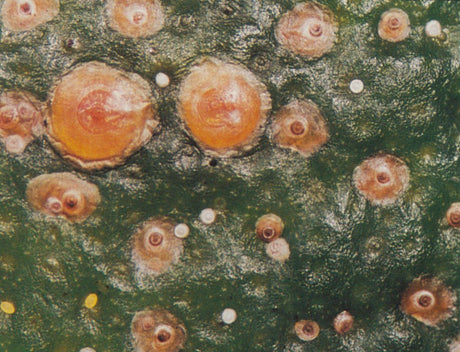
The Basics Scales are small sucking insects closely related to aphids, mealy bugs and whitefly. They tend to have small, round shells and are often found along the veins of...

Pests of Stored Food Control These include grain moths, flour moths, meal moths, almond moths, raisin moths, beetles and weevils. For problems with ants or cockroaches check for information under...
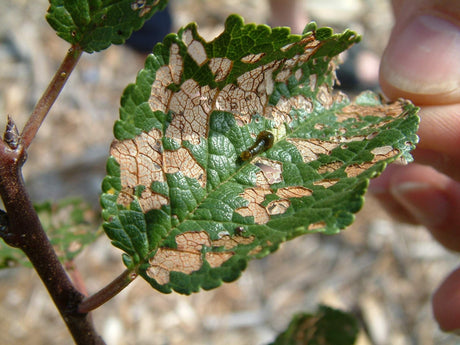
Pear and Cherry Slug Control This pest eats the leaves of pears, cherries, plums, apples, quinces and hawthorns. The adult is a glossy black sawfly; it lays eggs in the...
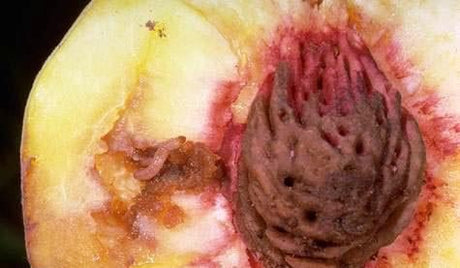
The Basics Oriental fruit moth (OFM) Cydia molesta is native to northwest China, it was introduced into eastern Australia at the beginning of the 20th century, and so it has...
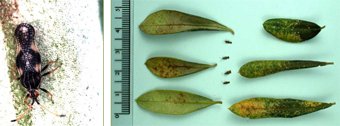
Organic Strategies for Olive Lace Bug Control The Olive Lace Bug Froggattia olivinia is a damaging pest of olive trees. The severe leaf damage the bugs inflict can cause loss...
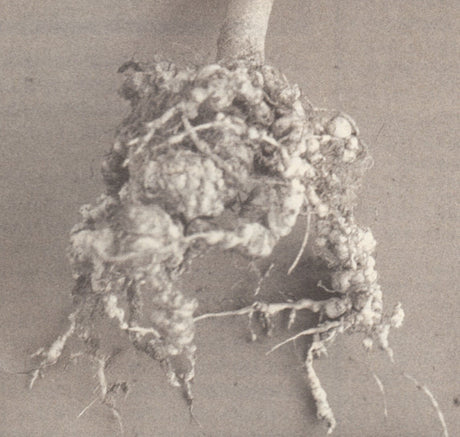
Nematode syn. Eelworm Control Nematodes are not insects but microscopic, long, thin worms, which is why a common name for them is eelworms. This soil-borne pest causes stunted, unproductive plants....

Mosquito Control Mosquitoes are easily one of the most serious insect pests we need to deal with due to the dangerous diseases (Australian encephalitis, Ross River fever, Dengue fever, Barmah...
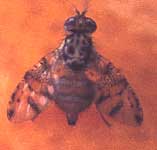
Med Fly syn. Mediterranean Fruit Fly Control Med Fly Ceratitis capitata is a serious problem in WA but not found in other states. The adult flies are 4-5 mm long...
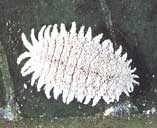
Mealy Bug Control These small, white, powdery-looking insects are sapsuckers that attack a wide range of plants including indoor plants, citrus and custard apples. Adults are generally 3-4 mm long....

28-Spotted Ladybeetle and Other Leaf Eating Beetle Control Henosepilachna spp. This pest confuses gardeners because it looks like a ladybeetle syn. ladybird, one of the 'good bugs' but it is...
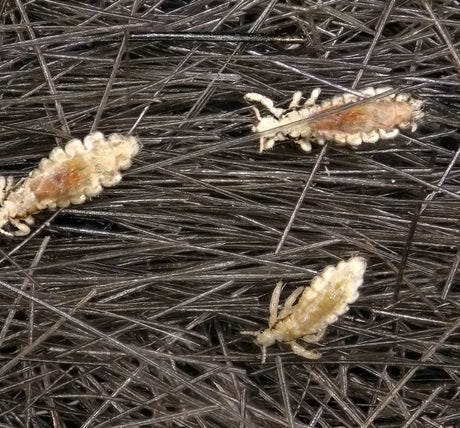
Organic Strategies for Head Lice Control Scientific Name: Pediculus humanus capi Appearance The six-legged, wingless adult head louse is 1.5 mm to 3 mm long and ranges from tan to greyish-white...
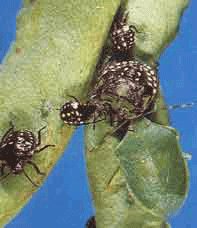
Green Vegetable Bug Control This is an introduced insect that is a member of the stink bug or shield bug family. It can be a serious pest and is widespread...

The Basics Suggested Organic Strategies: Attract them to a pond or children's wading pool by floating pieces of yellow plastic in the water. Smaller traps can be made out of...